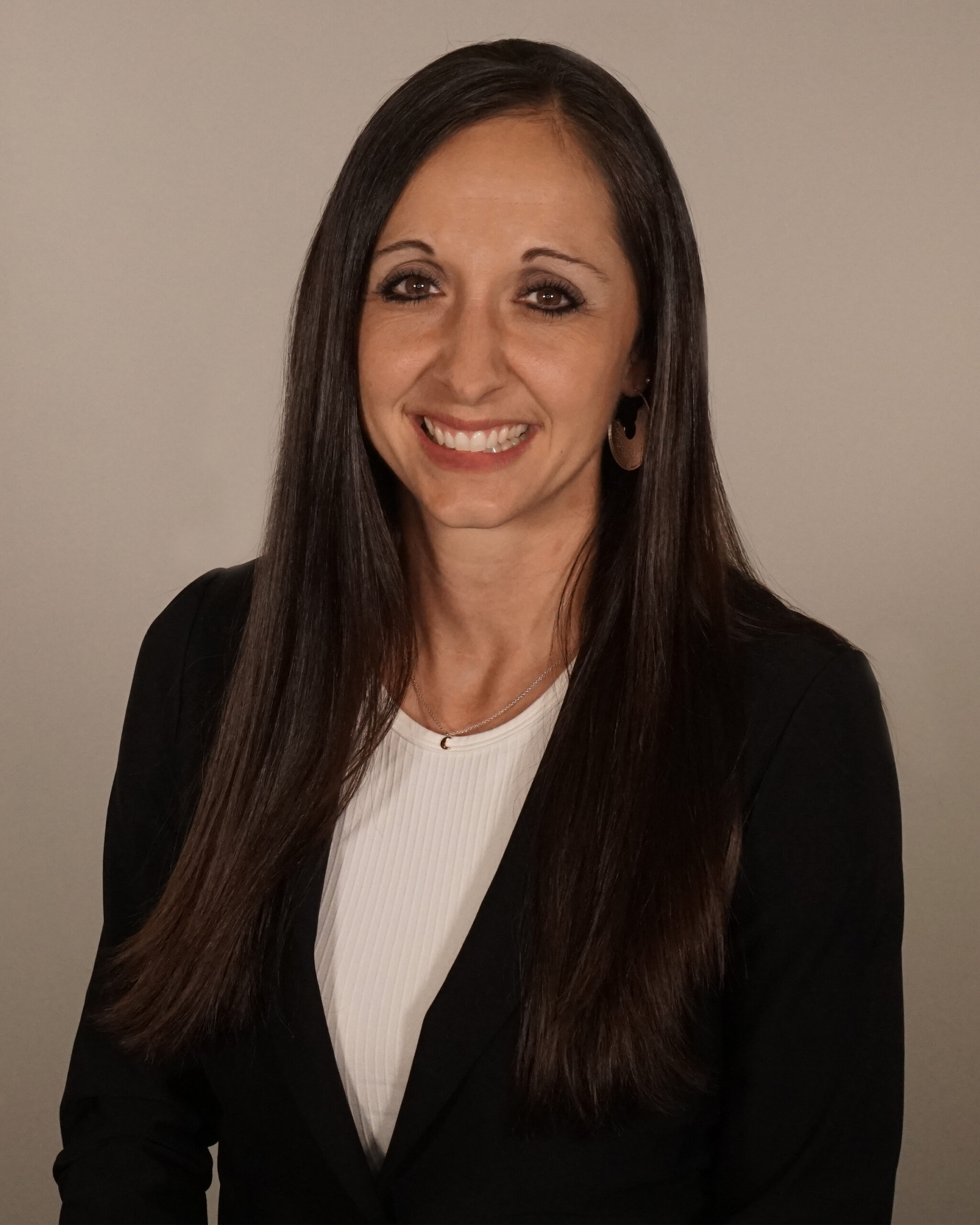Clinicians today face a number of both traditional and emerging challenges in their pursuit of improved patient care and outcomes. These include, but aren’t limited to, increased nurse-to-patient ratios, longer shifts with fewer breaks, and electronic health record (EHR) systems with increasingly complex usability.
Healthcare facilities are reimbursed based on Hospital Consumer Assessment of Healthcare Providers and Systems’ (HCAHPS) patient satisfaction and outcome scores. Following the prolonged absence of elective procedures, healthcare facilities’ financial well-being has become increasingly dependent on these reimbursements. A negative effect on patient outcomes can directly impact staffing as well as financial decisions.
As the clinical director of credentialing services at Medical Solutions and a former ER nurse supervisor, I work closely with our travelers and healthcare facilities—while incorporating my unique industry experience—to help solve challenges in achieving optimal patient outcomes. Here are a few ways clinicians are improving patient care despite staffing shortages:
Enhanced communication: Communication is key, especially when nurse-to-patient ratios are higher and clinical teams are stretched thin. Improving internal communication and building team camaraderie leads to a healthier work environment, fosters greater teamwork and lessens emotional and physical stress for clinicians. The stronger you can build team camaraderie, the better equipped your clinical staff will be to deliver the highest quality of care to patients.
To enhance communication, clinical leaders and administrative staff need to take a step back and look at the bigger picture to provide support for clinicians in order for them to buy in and build camaraderie. They must understand the unique challenges clinicians and travelers have faced since the beginning of 2020, from workplace issues such as personal protective equipment (PPE) shortages and constant re-education on best practices, to personal challenges like the emotional impact of COVID-19 both at work and home.
When the entire clinical team comes together, the quality of care improves, which positively affects HCAHPS patient satisfaction and outcome scores and leads to more referrals within the community. Additionally, improved outcomes affect clinicians’ emotional well-being, which in turn leads to a more positive staff experience with patients.
Patient education: Due to staffing shortages and quicker discharge times, clinicians often aren’t afforded as much time with patients as they would prefer. Therefore, it’s critical that staff educate patients thoroughly using the teach-back method, which confirms a patient’s comprehension of important information that’s being shared with them. This includes confirming that the patient has a clear understanding of their medical condition, how to manage their medications and other steps and actions they need to take to improve their outcome once discharged from the hospital.
Beyond the teach-back method, clinicians can also provide patients with resources to appropriately self-educate to help improve their health and avoid readmission. Ultimately, these actions result in a positive impact on patient outcomes and satisfaction and allow clinicians to effectively manage high nurse-to-patient ratios.
Staff debriefing: Debriefing staff following a poor patient outcome is an essential component of the clinical learning process and can play a significant role in improving patient care for the future. Following a poor outcome, it’s important that clinical leaders review the case with staff and identify what didn’t meet standards or could be avoided in the future.
Most importantly, debriefs should be approached as teaching moments that foster growth and learning opportunities for clinicians while providing actionable insights; they should not be used to solely provide critical feedback or blame staff. Staff debriefs should yield open-ended conversations that allow teams to discuss what went right and what went wrong, allowing them to constantly evaluate the best ways to deliver care in their unit.
Despite staffing shortages and increased nurse-to-staffing ratios, we continue to see clinicians across the country deliver the highest quality of care. Enhanced communication, patient education and using staff debriefs as teachable moments are just a few of the ways clinicians are overcoming today’s healthcare challenges and improving patient outcomes.
If you are interested in learning more about our services and how we are helping healthcare facilities navigate today’s environment to improve patient outcomes, you can learn more here or call us at 866-633-3548.
 Kim Robinson, BSN, RN
Kim Robinson, BSN, RN
Clinical Director- Placement Services
Prior to joining Medical Solutions, Kim was an ER Nurse Supervisor at a major Magnet facility in Council Bluffs, IA. She has 15 years of nursing experience in various specialties, including Med/Surg/Neuro/Ortho and Cath Lab/Interventional Radiology. Kim received her BSN from American Military University and her ADN from Iowa Western Community College. She’s currently pursuing her MSN in Executive Leadership.